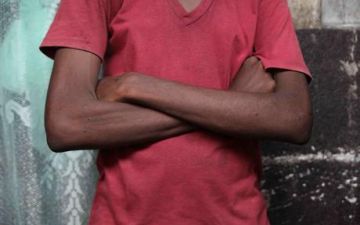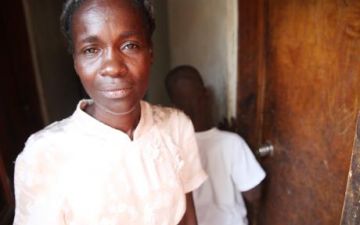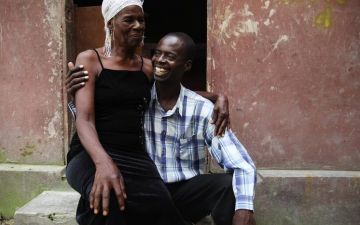In the early 1980s, researchers at The Center for Disease Control determined that there were four groups of people most at risk for contracting AIDS: homosexuals, hemophiliacs, heroin users, and Haitians.
Haiti suffered as a result of its inclusion in the so-called "4H club." Tourism, the island's second largest source of foreign income, fell by 80 percent. The U.S. stopped importing Haitian goods. All this increased the number of people living in poverty. And poverty, the fuel for the spread of the world's worst diseases, increased the number of Haitians affected by AIDS.
It appeared that HIV/AIDS would become just another negative label added to the many that Haiti already held. But then organizations like GHESKIO and Partners in Health stepped in. Rather than simply supplying medicines and other aid, they educated people and enlisted Haitians to help themselves, training residents in rural areas to administer antiretroviral drug therapy (ARVs) to others in their communities.
HIV prevalence rates in Haiti fell from 9.4 percent in 1993 to 3.7 percent in 2003, among pregnant women tested, and to 2.2 percent among all adults by 2008. Judith Timyan, senior HIV/AIDS adviser for USAID in Haiti, hailed the drop in infection rates: "The Haitian AIDS community feels like they're out in front of everyone else on this, and pretty much they are," she said last year. "They really do some of the best work in the world."
Then came the earthquake last January, that demolished Haiti's health care system along with everything else. The Haitian government estimated that 24,000 Haitians were accessing ARVs before the earthquake; by mid summer, according to UNAIDS, fewer than 40 percent had access. Hundreds of HIV positive people live in tent cities for internally displaced persons, where their weakened immunity, and the unrelenting heat and rain, make them more vulnerable to diseases. Sex in these IDP camps—both forced and consensual—will likely increase the spread of HIV.
This project looks at how Haitians infected and affected by HIV/AIDS have been living since the earthquake.
"The world has moved on, but the situation in Haiti is not getting better," said UNAIDS Executive Director Michel Sidibe. "It is even getting worse."
The Pulitzer Center's reporting on HIV/AIDS in the Caribbean was made possible with support from the MAC AIDS Fund.



